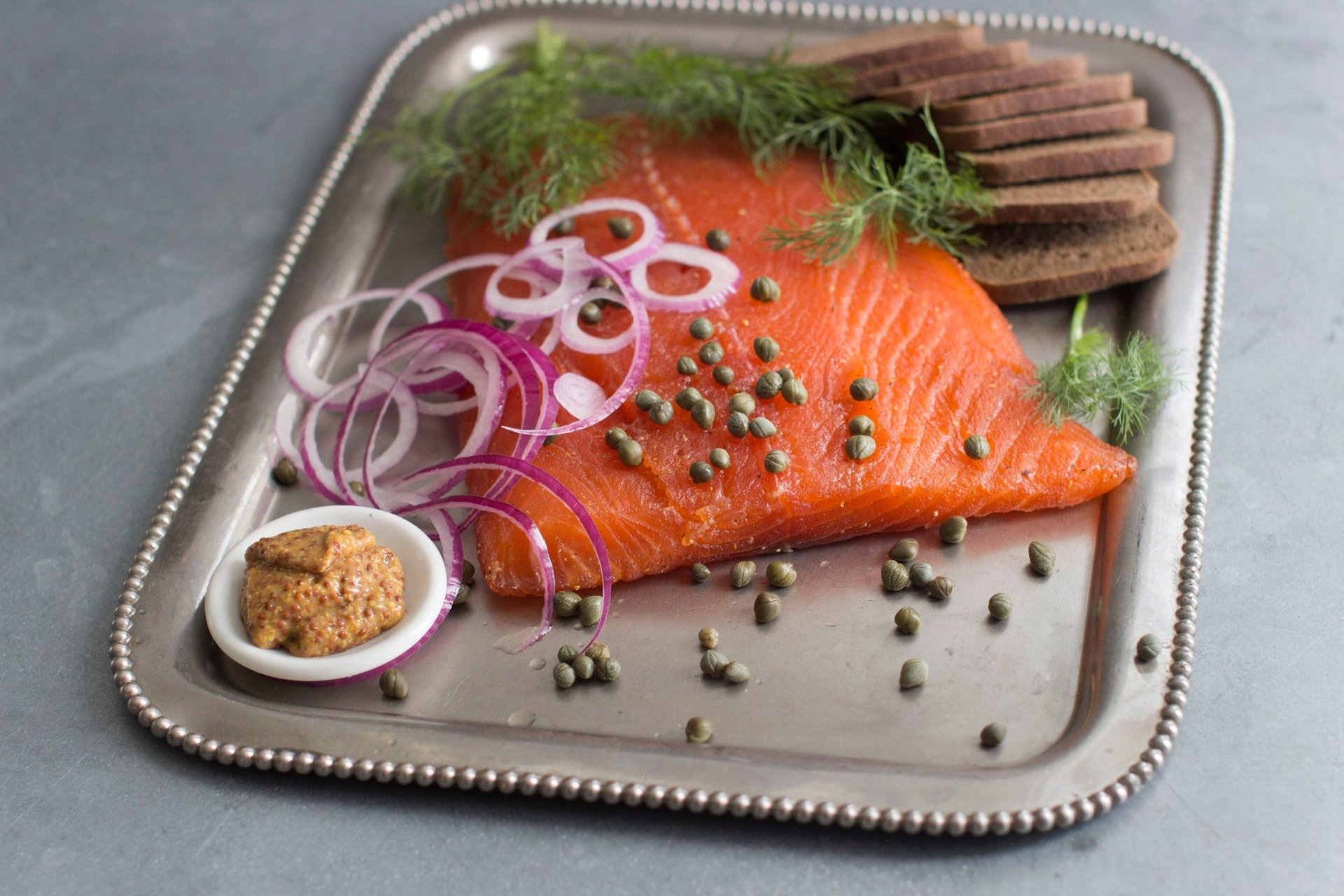The Mediterranean diet is out, and the Nordic diet is in
Nordic countries do everything better, as Americans commonly note. Denmark, Finland, Iceland, Norway, and Sweden have better pop music, better prisons, better schools, better working conditions for women, better healthcare, and so on; who’s to say a Nordic diet wouldn’t be better, too?


Nordic countries do everything better, as Americans commonly note. Denmark, Finland, Iceland, Norway, and Sweden have better pop music, better prisons, better schools, better working conditions for women, better healthcare, and so on; who’s to say a Nordic diet wouldn’t be better, too?
Now multiple research studies suggest that a Nordic diet may indeed be one of the world’s healthiest. We’re not talking about subsisting on stereotypical Scandinavian fare liked reindeer meatballs and Wasa crackers, and it won’t be necessary to do any grocery shopping at Ikea.
This is the New Nordic Diet, which actually isn’t so new anymore. It was created in 2004 by a cohort of Danish chefs and nutritionists, and built on concepts that are all-too-familiar now, including local, seasonal, simple, rustic, and fresh. It’s a wonder it hasn’t been evangelized by Gwyneth Paltrow yet, though perhaps appearing in Vogue’s most recent print issue is tantamount to the same thing.
There is a 10-point manifesto, and also these ten guidelines:
1. More fruit and vegetables every day
2. More whole grain
3. More food from the seas and lakes
4. Higher-quality meat, but less of it
5. More food from wild landscapes
6. Organic produce whenever possible
7. Avoid food additives
8. More meals based on seasonal produce
9. More home-cooked food
10. Less waste
It’s not so different from the Mediterranean diet in the sense that it promotes moderate consumption of fat, protein, and antioxidant-packed ingredients. What olive oil, nuts, beans, and sardines are to the Mediterranean, canola oil, berries, root vegetables, and cod are to Scandinavia.
It’s predominantly plant-based, though fish are considered an essential component, and no meat is off limits as long as it’s organic/free-range/caught in the wild and is eaten sparingly. Root vegetables are a staple, and that includes white potatoes. Seaweed, snails, and all edible marine things are on the table, so to speak. All orchard fruits are included. Olives, tomatoes, and cucumbers aren’t mentioned—but that’s just because those things don’t grow in Scandinavia, not because they’re “bad.” If tomatoes or olives exist in a wild landscape near you, then eat them!
The epitome of New Nordic cuisine is represented at Noma, the Copenhagen restaurant where co-founders Claus Meyer and René Redzepi serve sheep’s-milk mousse, potato chips dusted with dried seaweed, and other modern twists on hunted-and-gathered food. Covering the emergence of this type of cuisine in 2011, the New York Times noted Redzepi prefers the term “authentic cuisine” over “new Nordic” to describe the style, which “seeks to turn the culinary dial back toward the natural world.” Dishes are frequently served on shells, beds of hay, twigs, and juniper branches. It’s all about terroir, in a way, but it “can be taken up by any chef anywhere.”
It also can be taken up by the rest of us, apparently for better health. In 2013, the Journal of Internal Medicine published a study linking the diet to better cholesterol and lower inflammation in subjects with metabolic syndrome. In 2014, the American Journal of Clinical Nutrition published another that concluded a diet based on the New Nordic principles “produces weight loss and blood pressure reduction in centrally obese individuals.” That study was conducted in Denmark, and all subjects—both those on the Nordic diet and the control group subjects, who followed an “average Danish diet”—were allowed to eat as much as they wanted and could deviate from the prescribed plan occasionally, though all food intake was monitored. In the end, those who had generally followed the Nordic diet had eaten fewer calories each day over a six-month period.
Danish researchers say that converting from an average Danish diet to the New Nordic diet will reduce greenhouse gas emissions, too. And just this week, the University of Eastern Finland came out with more evidence that a healthy Nordic diet might reduce the type of fatty tissue inflammation that’s associated with being overweight.